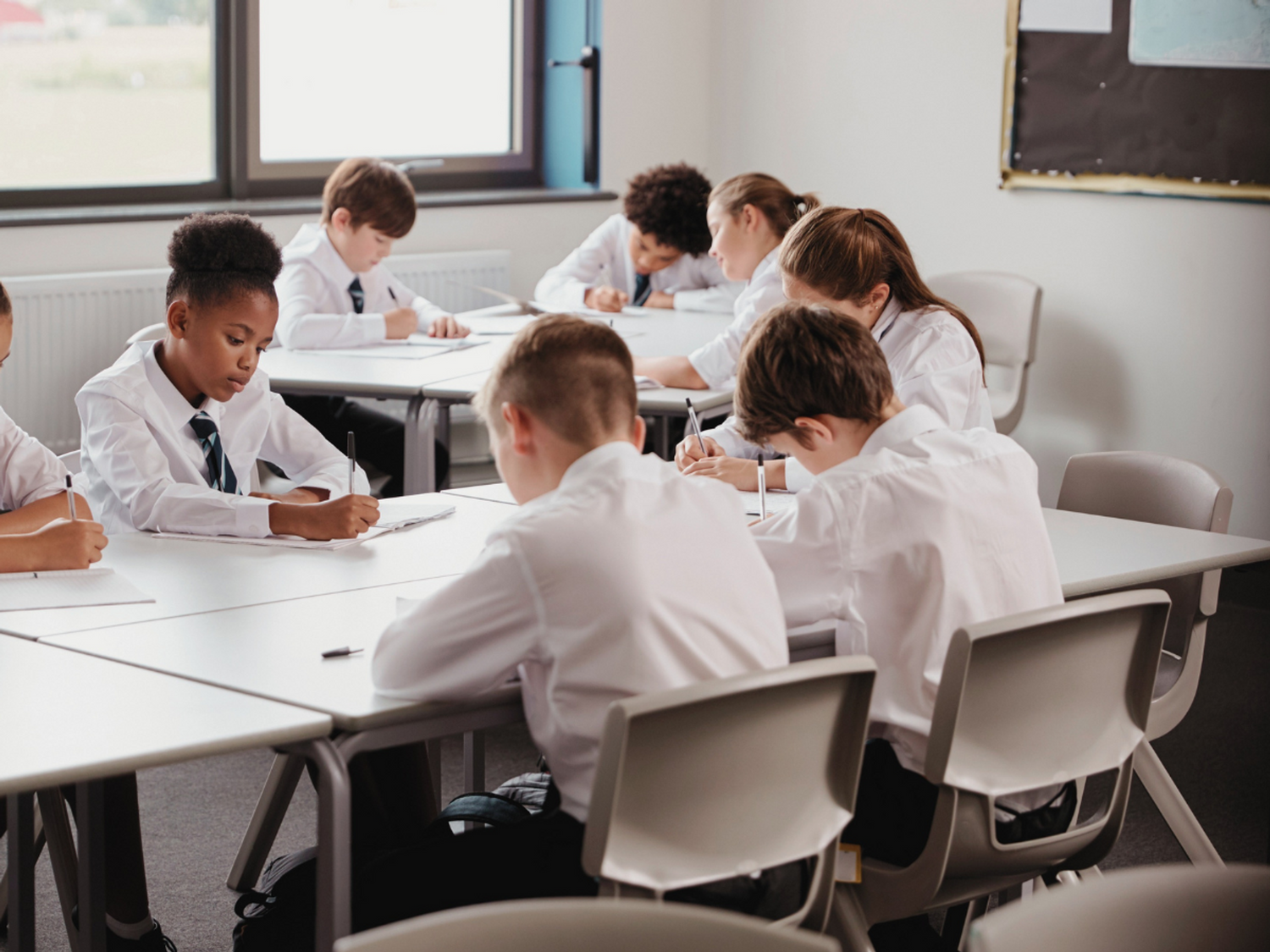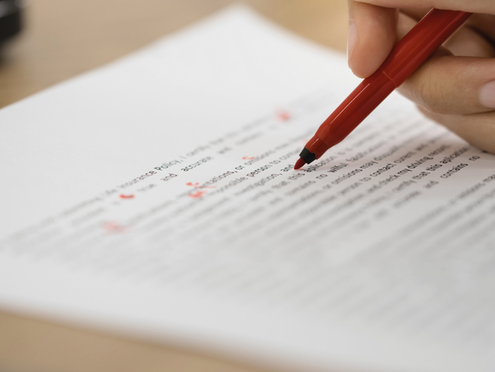Teaching grammar basics
Before we explore semicolons and commas, here are some of the other blogs in our Teaching Grammar Basics series:
Semicolons
Semicolons are one of the most misunderstood types of punctuation; many adults do not know how to use them correctly, and, honestly, do not find much reason to! However, to read and communicate effectively in academic settings, understanding the correct use of semicolons is a crucial part of developing learners’ grammar skills. As well as this, they’re a key part of the National Curriculum.
Semicolons (;) look like a full stop on top of a comma, as semicolons represent a pause that is longer than a comma, but shorter than a full stop. It is important to remember that semicolons have different functions to the colon, so one cannot be used to replace the other. Here is a sentence with a semicolon:
- We should go to the cinema today; Thursdays are usually cheaper.
Here, a semicolon is used instead of a conjunction to join two related independent clauses. Each of these sentences are complete and would make sense on their own. However, each of the sentences shares a logical connection, and makes the most sense when in relation to the other. Semicolons in this context are used to replace a conjunction, and this means you should not use a semicolon and a conjunction together:
- I saw a seagull this morning; it was eating a dropped ice cream.
- I saw a seagull this morning, and it was eating a dropped ice cream.
Both sentences make sense, as the conjunction and the semicolon have the same function. Both join the first clause to the second and make the relationship between them clear. This leaves one question: why not just use a comma? Let’s look at this sentence:
- I love kangaroos, they are marsupials.
Believe it or not, this sentence is grammatically incorrect! The issue is called a comma splice. A comma splice is caused when two independent clauses are grouped into a single sentence by a comma (and you can learn more about independent and subordinate clauses here). However, a comma simply isn’t strong enough to relate one sentence to the other. If we think back to the “comma” section in this blog, we have seen the sentence “My friend loves playing the piano, and he loves classical music!” – here, a comma splice does not occur, because a comma and a conjunction are used. Let’s phrase the sentence another way:
- My friend loves playing the piano; he loves classical music!
The most important thing is imagining how the sentence would sound if it was spoken aloud. Would it sound strange if there was a large gap between them? Would it sound strange if you rushed into the second clause? If so, you might need a semicolon.
Colons
Colons, despite sounding similar to semicolons, are a different kind of punctuation. If you see a colon in a sentence, expect to see either a list or an explanation. When writing a list, a colon is used to separate the list from the explanation (or introduction) of the list:
- The bookshop sold three types of books: fiction, nonfiction, and poetry.
- The shopping list only contained a few ingredients: flour, eggs, and milk.
To remember this, imagine that the colon has the same meaning as the phrase “which are”. In the examples above, each of these lists has an introduction before it. Without this introduction, you could use a comma instead:
- The bookshop sold fiction, non-fiction, and poetry.
- The shopping list was only for flour, eggs, and milk.
The second use of the colon is to explain the clause which has come before it. In this blog, for example, colons are used before showing examples of each punctuation in use. These example sentences each explain the clauses which have come beforehand. In other words, the colon in the sentence is replacing the word “because”. Here are some more examples of colons used in this way:
- A dolphin is not a fish: it has warm blood.
- All of my friends were nodding: it was the best movie we had ever seen.
Common mistakes when learning how to use colons and semicolons
Confusing the colon and the semicolon
One mistake a learner might make is confusing the colon and the semicolon. To make sure this mistake isn’t made, encourage learners to remember that colons to explain can only replace “because”, whereas semicolons can replace other conjunctions to make a more dynamic sentence.
Using a semicolon when it isn’t needed
Once your learners understand how to use a semicolon in their writing, they may find it difficult to stop! Semicolons, when used correctly, can help a piece of academic writing flow neatly from one sentence to another, forming a visual connection between two independent thoughts. However, too many semicolons can turn a great paragraph into a jumbled mess.
This misconception can be addressed by teaching learners the power of varied sentence lengths. Sometimes, it is more effective to use a short sentence and a full stop than a long sentence with a semicolon. Reinforce the power of varied sentence lengths and styles, and it’s likely the overuse of semicolons will fade away.
Connecting incomplete sentences with a semicolon
A semicolon can only be used to connect two independent sentences. If a sentence is incomplete, then a semicolon cannot be used - instead, it will likely be a comma that is necessary. For example:
- It was raining outside; so I brought an umbrella.
The second part of the sentence, “so I brought an umbrella,” is incomplete. However, without the connective, the semicolon is correct:
- It was raining outside; I brought an umbrella.
The semicolon acts in the way of the connective, linking two connected ideas together. An easy fix for this mistake is reminding learners that a semicolon and a connective cannot be next to one another.
Learning semicolons and colons on Bedrock
Bedrock's core curriculum features a digital grammar curriculum. This curriculum uses a combination of animated teaching videos, interactive activities, recap tasks and formative assessments to improve grammar knowledge and support overall literacy improvement.
Taught alongside vocabulary, grammar is a foundational part of overall communication skills, boosting learners' attainment in every subject.




